This is also reflected in the number of stores in the Italian distribution network, which has not changed significantly, although it should be noted that the average retail area has decreased slightly.
In the first six months of the year there was little activity by DIY retailers in terms of new store openings or store closures. But the Italian DIY market is not entirely static; moreover, in the first half of 2017, DIY stores registered greater activity than garden centres, which further increased the gap between the two. According to statistics from Made4DIY, there were 691 DIY stores (total number) as compared with 413 garden centres and agri-centres (no new openings in assets in the first semester of 2017).
Currently, the Italian DIY and home improvement market has a value of € 10.837 bn. The do-it-yourself market has continued to grow steadily, if only slightly. Over the last four years the registered growth was four per cent, while in 2016 growth was around one per cent compared with 2015.
With these numbers, the Italian market is ranked at number eight in the top ten DIY markets, preceded by the USA (€ 275 bn), Germany (€ 37 bn), Japan (€ 31 bn), Canada (€ 30 bn), the UK (€ 28 bn), France (€ 21 bn) and Australia (€ 14 bn). Italy is followed by Sweden (€ 7 bn) and Spain (€ 6 bn).
Furthermore, data reported in the last home improvement report of Fediyma (European Federation of DIY Manufacturers) indicates that the Italian market accounts for seven per cent of the European market, the total value of which is around € 150 bn.
That the world of do-it-yourself in Italy is an expanding phenomenon is also witnessed by the growth of DIY expenditure per capita. Italians currently spend on average € 181 on DIY and home improvement products per year, and this budget has grown by about four per cent in the last three years.

 Menü
Menü




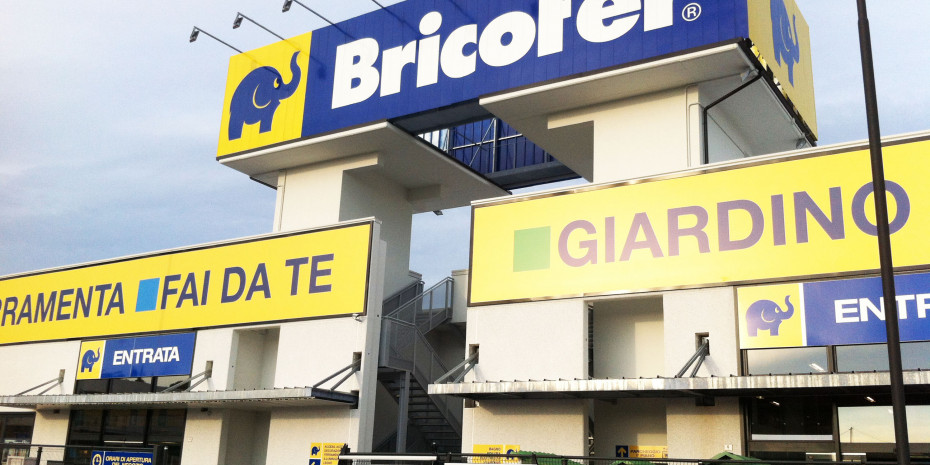


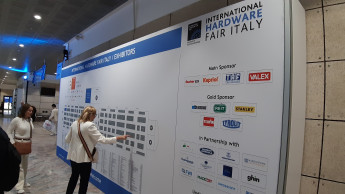
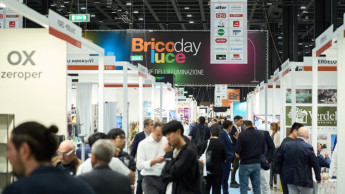
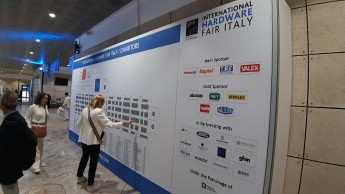
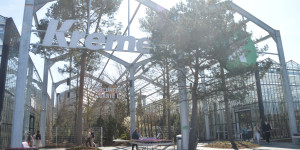


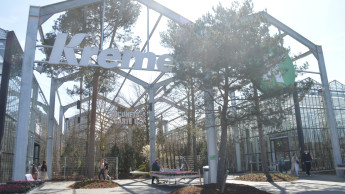

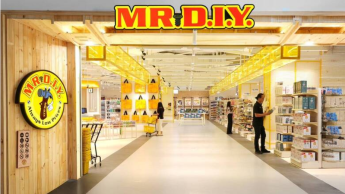
 Newsletter
Newsletter